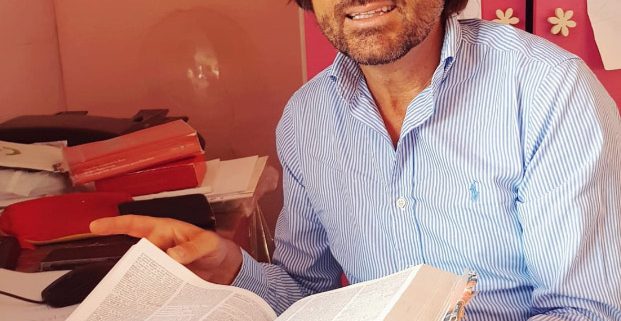WHY A NEW BLOG

Today the web provides a huge amount of information, photos and news of all kinds. This is certainly a very positive development for the dissemination of knowledge: an immense free offer of information immediately available. On the other hand, the risk of running into unreliable news is very high. This is detrimental to any web user, but then it becomes unacceptable when the news pertains to the scientific field.
Hence the desire to share a blog of information on Archeology, in particular and the Sciences in general, analytically verifying each source (bibliographic and non) of the news, reporting it accurately. This is in order to provide “reliable” tools to other scholars who would otherwise have to undertake additional research in the same field.
However, in addition to archaeologists, historians and scholars in general, this blog has the ambition of delivering the news it contains to any enthusiast or “common” reader who loves Archeology.
So, our goal is to include rather than exclude, to approach rather than push away.
Consistent with this principle is the language used in this blog: the English language. The use of the Italian language would have excluded the majority of potential readers of the articles to follow. English is a “democratic” language because it is understood and spoken by everyone.
Therefore, despite the purely scientific nature of this blog, we will try to use a simple and comprehensible language for everyone. Of course, it is not frequent that archaeological and scientific articles can be read easily and with pleasure, but this is our intent. A great archaeologist and historian of ancient art, the Sienese nobleman Ranuccio Bianchi Bandinelli, remembered, amused, that the best review of his book “Roman art at the center of power”, published in the collection directed by André Malraux “L’univers des formes “, had been that of a mediocre opponent, who, thinking of undermining the work, had said that the book by Bianchi Bandinelli was not to be studied, but to be read. (1) Hopefully we will be able to say the same, even if on a different note, about this blog and the diversity of the topics which we will offer below.
Another reason that led us to embark on this adventure is that scientific dissemination in general, and that relating to the classical world in particular, have been and continue to be the glory and pride of the Anglo-Saxon culture. As a great civilization of Dilettanti (amateurs) – as a glorious association of eighteenth-century English archaeologists was called – the Anglo-Saxon world has developed a scientific literature for the delight of the common person, the “commoner” over time. (2) This literary tradition has reached an ever-wider audience.
In Italy, meanwhile, the Academic world has withdrawn on an “Olympus of knowledge”, self-referential and with an indifference to the thirst for knowledge of the “common people”. Academics, scholars, museum directors tend to take as their main – often exclusive – reference, their own scientific community. From popular scientific television programs by the BBC to those by Alberto or Piero Angela, from Roberto Giacobbo to Mario Tozzi, which play that role of “trait d’union”- intermediary – in that “vacuum” between the scientific world and the “common people”, at the moment too distant.
Fortunately, in recent times, even in our country, we have begun to record encouraging signs from “enlightened” directors of museums, superintendents and academics who have gradually started to turn their gaze towards the “real world”, but the road is still very long and we are only at the beginning.
Bibliography
- Preface by Mario Torelli in Tὃlle-Kastenbein, Archeologia dell’Acqua, Longanesi & C. Milano 2005, p. 1
- Ibid p.1







Leave a Reply
Want to join the discussion?Feel free to contribute!